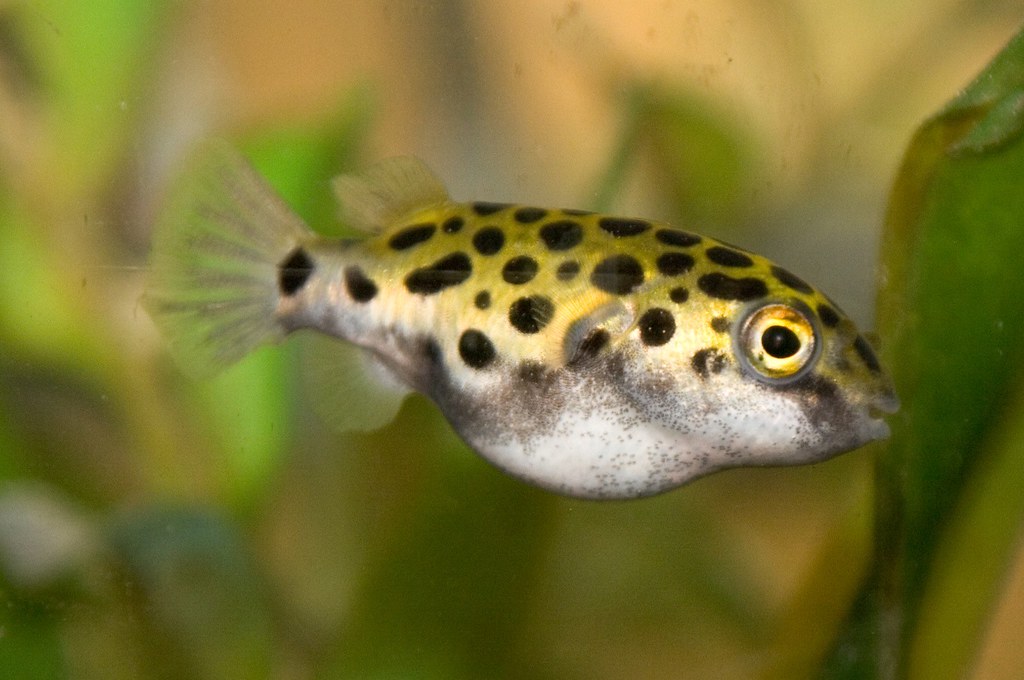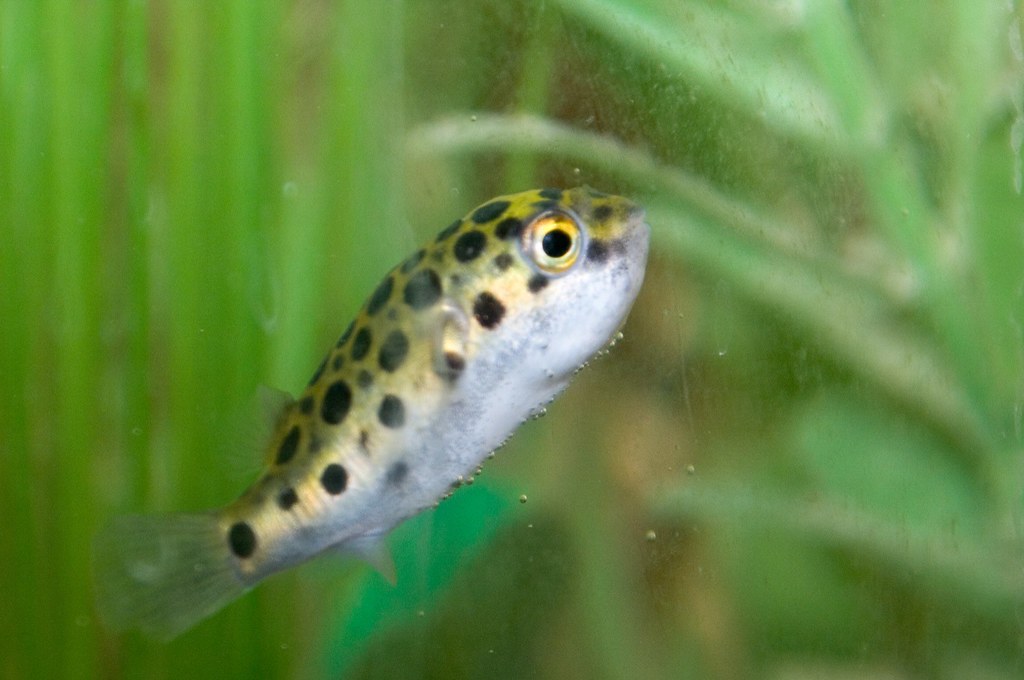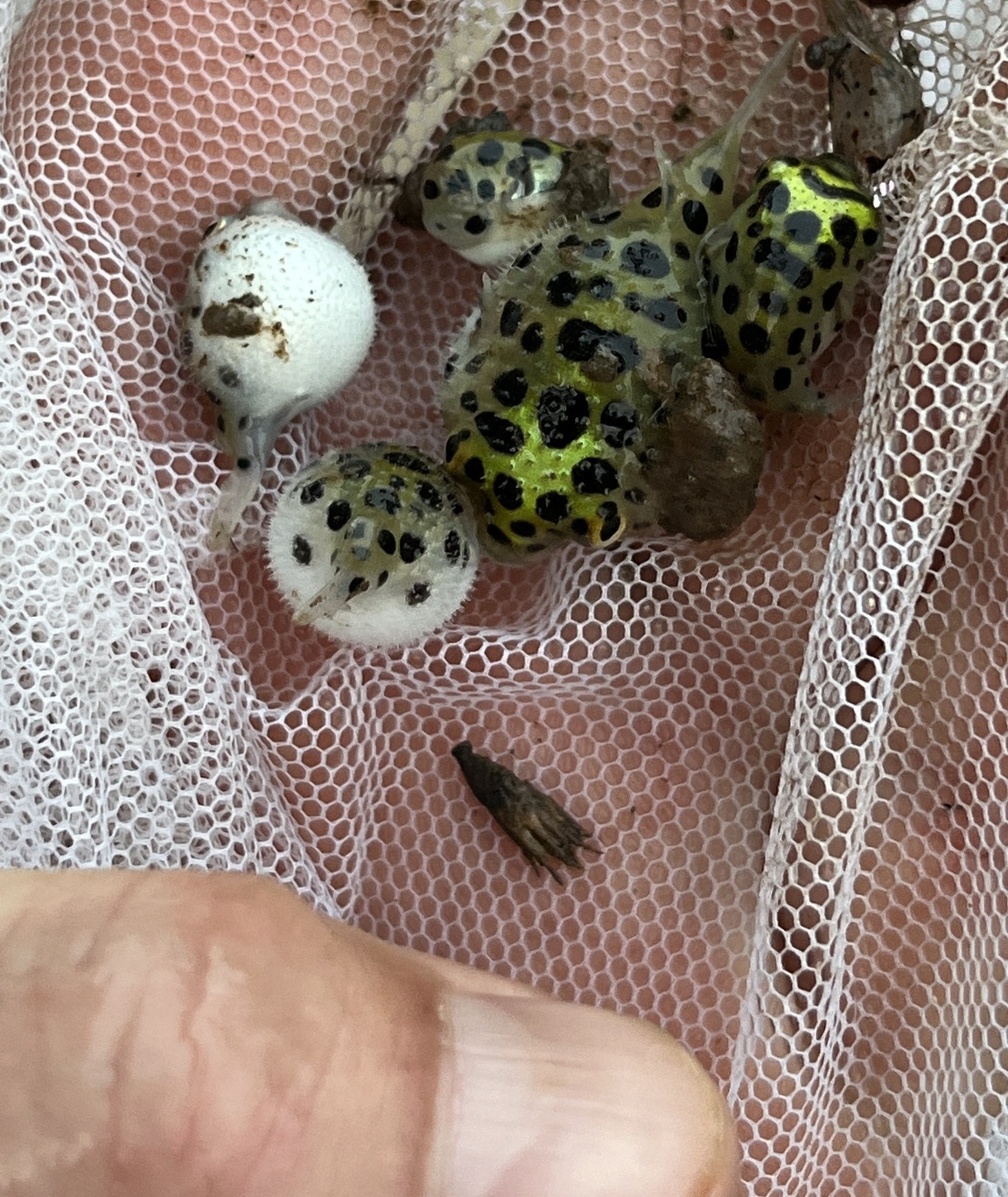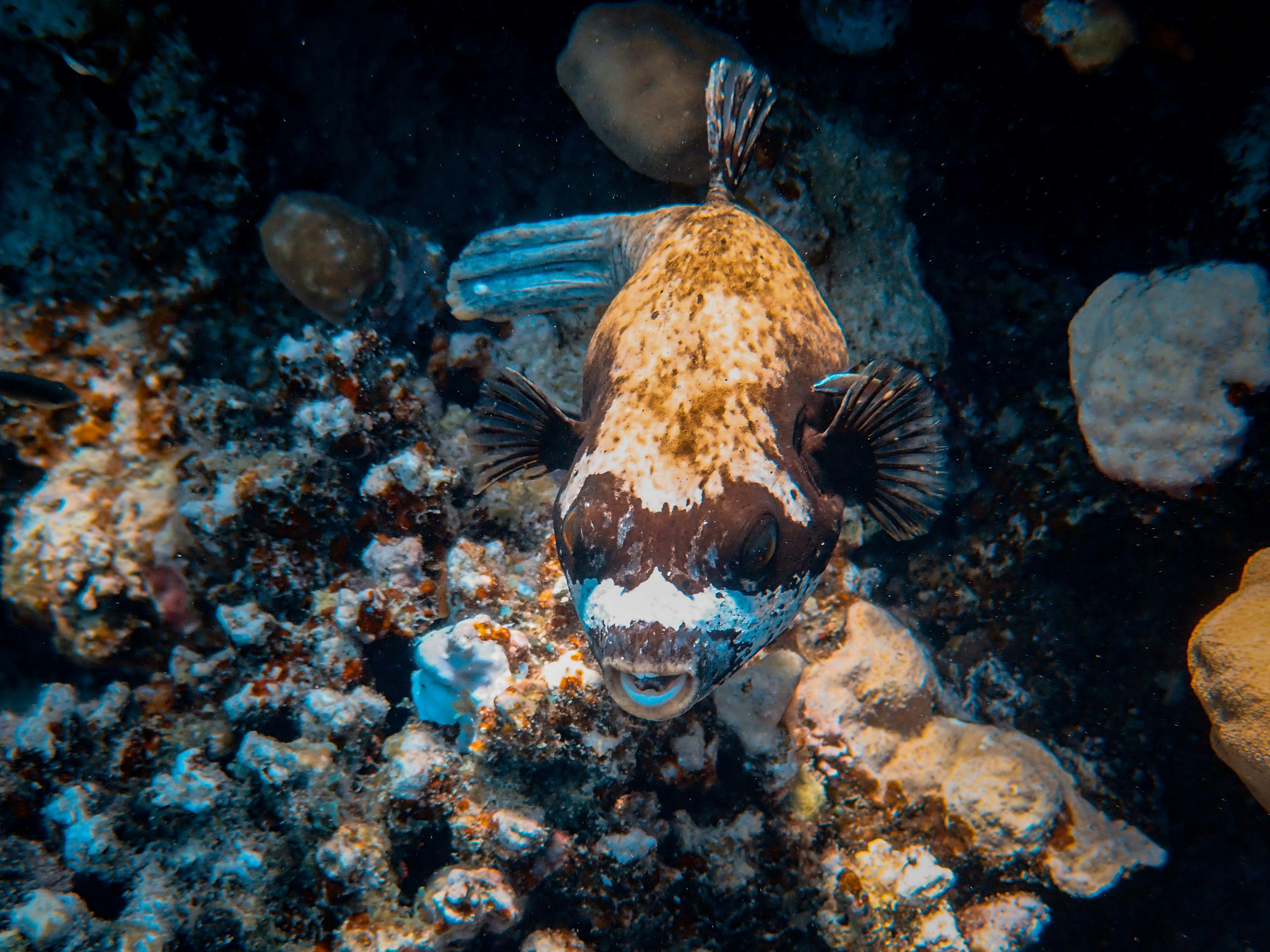
Have you ever considered adding a little bit of the exotic to your indoor aquarium? The full-size Green Spotted Puffer (Dichotomyctere nigroviridis) might just tickle your fancy. Known for their vibrant green bodies dotted with black spots, these fish aren't just a pretty face; they pack a whole lot of personality and complexity tightly wrapped in those spots.
A Home Fit for a Puffer

Creating the right environment for a Green Spotted Puffer is crucial. As juveniles, they thrive in freshwater, but as they mature, a transition to brackish water—or even full marine conditions—is necessary for their health and longevity. This involves increasing aquarium salinity gradually. Why is this important? Rapid changes can stress your puffer, leading to health issues, so patience and precision are key. A minimum of a 55-gallon tank is recommended as it gives them ample room to grow and swim.
To understand their native habitat and diet better, check out this detailed species fact sheet on Dichotomyctere nigroviridis.
Setting up the correct brackish environment is essential—if you're looking for some practical guidance, explore this guide on tank setup for Green Spotted Puffers.

To maintain optimal salinity, a high-quality salt mix like the Seachem Brackish Salt can make routine adjustments easier and more accurate.
Here’s a quick look at their preferred water conditions:
| Metric | Recommended Range |
|---|---|
| Temperature | 74°F - 82°F |
| pH Level | 8.0 - 8.1 |
| Specific Gravity | 1.005 - 1.026 |
Culinary Adventures

Feeding time is a spectacle with these puffers. Being omnivores, they appreciate a varied diet that includes snails, frozen brine shrimp, and even ghost shrimp. These are not just a treat but a necessity to help grind down their teeth that grow continuously.
For a strong nutritional base, a product like Hikari Bio-Pure Freeze-Dried Spirulina can be a great option to round out their menu.
Mind the Neighbors

A word of caution: Green Spotted Puffers are known for having a feisty personality. They’re best kept alone or with other robust fish that can handle a bit of brackish water drama. Think Monos or Scats, but keep away floaty, small, or slow movers. Remember, a harmonious tank is a happy tank.
Make sure to add plenty of structures and zones in your tank—items like the Aquatic Creations Floating Rock help create a stimulating environment your puffer will love to patrol.

Minding the Health
Routine health checks and proper setup aren't just for show—they're lifesavers. These puffers are susceptible to Marine Velvet, Ich, and other diseases if poorly cared for. A well-managed quarantine process of 3-4 weeks can prevent introducing diseases into an already established tank.
Maintaining steady temperature is vital—consider using a dependable heater like the FREESEA Aquarium Heater to avoid harmful fluctuations.

Genetic Tokens
Interestingly, these puffers have the world's smallest known vertebrate genome, making them a darling of genetics researchers. If you're curious about how experts are working to breed these intelligent fish in captivity, take a look at research from UF on breeding Green Spotted Puffers in captivity. These advancements not only support the pet trade but also contribute to conservation and genetics studies.
Are you fascinated by the idea of sharing your home with this remarkable fish? Share your thoughts or experiences in the comments below! Have a puffer tale to tell or a query to resolve? Join the discussion and connect with fellow puffer enthusiasts.
Frequently Asked Questions
How big do spotted green puffers get?
Green spotted puffers can grow up to a maximum size of approximately 17cm (6.7 inches) under optimal conditions. They require spacious environments, typically at least 30 gallons per puffer, to accommodate their growth and natural activity levels.
What type of water is best for a green spotted puffer?
Green spotted puffers thrive in brackish water with hard, alkaline conditions. The ideal water parameters are a pH of 7.2-8.2 and hardness ranging between 12-25 dGH. Maintaining these parameters helps ensure their health and longevity.
Are green spotted puffers aggressive?
Yes, green spotted puffers are generally aggressive and should not be kept in a community tank. They are best housed alone or with carefully chosen brackish water tankmates that can tolerate their territorial behavior.
What do green spotted puffers eat?
Green spotted puffers are omnivorous and prefer a varied diet consisting of high-protein foods. They enjoy live and frozen foods like bloodworms, brine shrimp, and snails, which also help keep their teeth trimmed.
Can green spotted puffers live with other fish?
Generally, green spotted puffers are not ideal for community tanks due to their aggressive nature. If tankmates are necessary, choose robust species that can survive in brackish water and withstand occasional territorial disputes.
